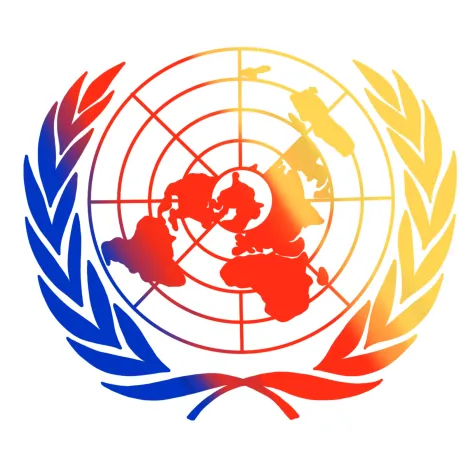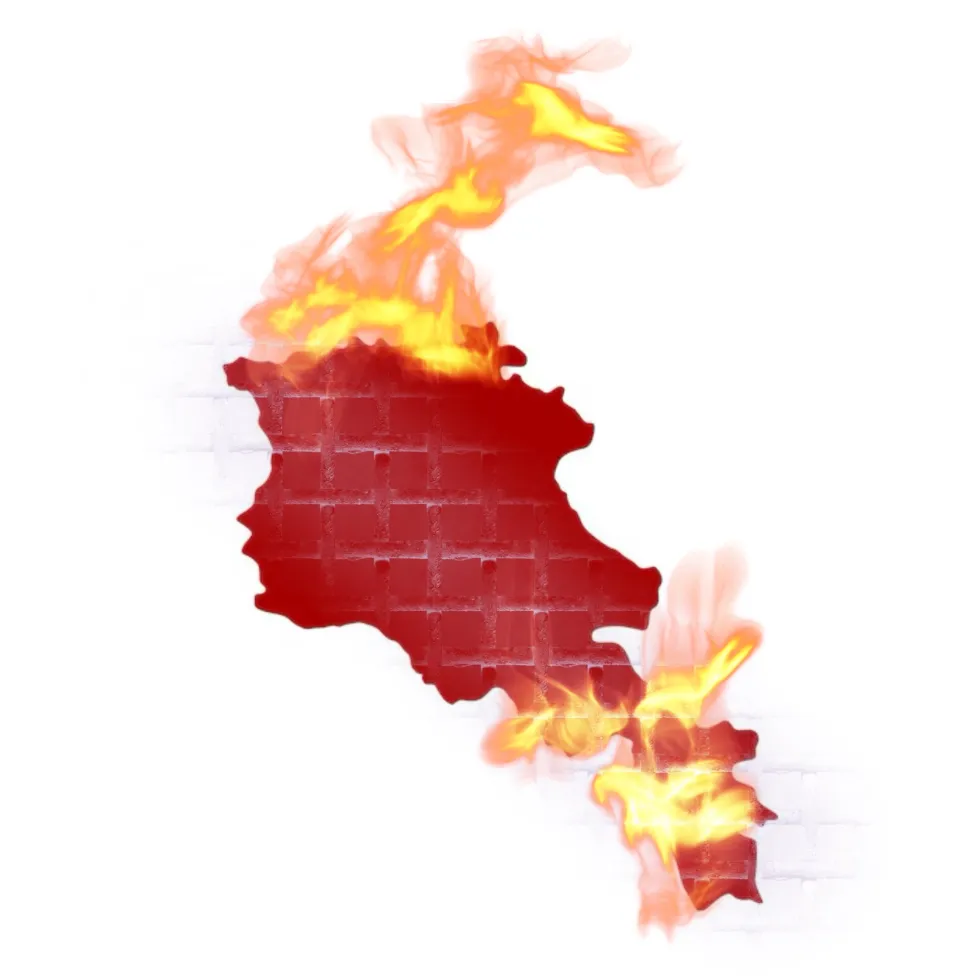“A campaign of ethnic cleansing is unfolding on the edge of Europe,” opens Mark Movesian’s discussion of the Second Armenian Genocide. Occurring in the 10th province of Azerbaijan, Nagorno-Karabakh, the genocide targets Armenian Christians and resulted in an exodus of the aforementioned group, severe human rights violations, and global inaction. The specific implications of the Armenian Genocide and the resulting exodus lie in the loss of cultural heritage.
This is not a novel conflict. The Armenian genocide spans hundreds of years, beginning in the 19th century with the systematic killing and deportation of the group in the Ottoman Empire. To date, up to 1.5 million Armenians have been killed—many from another genocide during the First World War. Another ongoing conflict, Armenian against Azerbaijan, unfolds in Europe. Yet the diaspora exacerbates losses. Following periods of persecution, Armenians typically relocated to other countries such as America. For example, the first wave of immigration happened roughly around the time of the systematic killings of Armenians. The next wave mirrored the Armenian genocide during World War II. Many Armenians—in fact, 1.5 million—relocated to America.
Seeking refuge and physical safety from persecution, Armenians began to lose an understanding of their culture and identity. As with any other cultural group, arriving in a larger, different cultural setting typically yields an amalgamation of the two cultures for resulting generations. Specifically, Western and Eastern Armenians, who were brought together by physical proximity in America, are forced to reconcile their distinct cultures.
Organizations like the Armenian Nationa Committee of America (ANCA) and the Armenian Assembly of America (AAA) strive to protect Armenian identities through political avenues—their main goal: lobbying for civil rights combat and Armenian Genocide recognition, among other topics. They have met with some success, but the two distinct groups suffer from their shortcomings; unable to join forces, they struggle to make substantive changes to cultural policy.
On the other side of the globe, recent findings revealed massive cultural losses in Caucasus, although due to conflict rather than diaspora: satellite imagery depicts the ongoing destruction of Armenian heritage sites. Caucasus is a disputed territory between Azerbaijan and Armenia. A report by the Caucus Heritage Watch found that 98% of Armenian heritage sites in Nakhchivan were being destroyed by Azerbaijan-state-sponsored programs. Researchers fear and predict that Azerbaijan will soon turn its cultural onslaught onto Nagorno-Karabakh, a point of contention for the two nations.
International responses to the ongoing cultural destruction have been lackluster. Lack of international recognition coupled with conflicting political interests have prevented transparency and reporting on the topic for too long. Hopefully, that will change. After all, several European countries and the United States provided accurate reporting and information during the first Armenian Genocide (during WWI). Aid groups provided relief to Armenians in need; thousands were adopted; millions of dollars were raised—but there is still work to be done.
The preservation of culture in the face of a new wave of Armenian diaspora and immigration heads the forefront of concerns for Armenians, the United States, and the world. The loss of culture seems like much too nuanced and abstract of a topic to discuss when faced with the imminent threat of death for many; however, culture cannot be replaced. If the United States—no, the world— does not make preservation of culture a priority, who will? The consequences of discovering the answer to that question may be too great a risk.
Sources:
Bolsajian, Monique. “The Armenian Diaspora: Migration and Its Influence on Identity and Politics.” Global Societies Journal, vol. 6, no. 1, 2018, escholarship.org/uc/item/51x1r30s. Accessed 11 Dec. 2023. Editors, History com. “Armenian Genocide.” HISTORY, www.history.com/topics/world-war-i/armenian-genocide#aftermath-and-legacy. Accessed 11 Dec. 2023. Goukassian, Elena. ““Cultural Erasure” in the Caucasus: New Satellite Imagery Shows Ongoing Destruction of Armenian Heritage Sites.” The Art Newspaper - International Art News and Events, 25 Nov. 2022, www.theartnewspaper.com/2022/11/25/cultural-erasure-in-the-caucasus-spreads-new-satellite-imagery-shows-destruction-of-armenian-heritage-sites. Accessed 11 Dec. 2023. Movesian, Mark. “The Second Armenian Genocide.” Compact, 27 Sept. 2023, compactmag.com/article/the-second-armenian-genocide. Accessed 11 Dec. 2023. University of Minnesota. “Armenia.” College of Liberal Arts | University of Minnesota, 2019, cla.umn.edu/chgs/holocaust-genocide-education/resource-guides/armenia.
Written by Grace Yang Edited by Joyce Rizko

 The UN's reaction to genocide in Rwanda
The UN's reaction to genocide in Rwanda